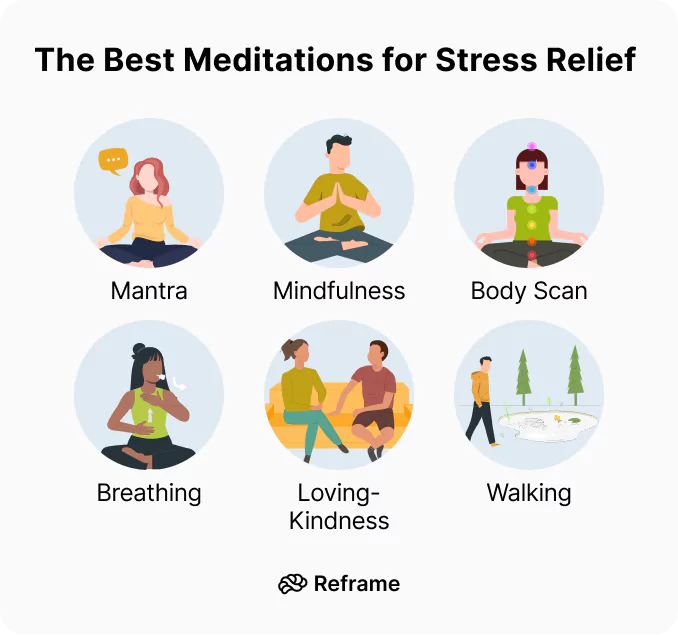In a fast-paced world filled with quick-fix medications and high-tech treatments, it’s easy to overlook the incredible healing capabilities built right into our bodies. From mending a cut to recovering from illness, your body is a sophisticated machine designed for self-repair. But unlocking this potential isn’t about passive waiting—it’s about actively supporting it through lifestyle choices. As we step into 2025, emerging research highlights how everyday habits can amplify these natural processes, potentially extending healthspan and reducing reliance on external interventions. This guide offers a comprehensive look at the science, practical strategies, and actionable steps to harness your body’s innate power. We’ll address common concerns like “Why isn’t my body healing faster?” and provide insights backed by recent studies, empowering you to take control of your well-being.
The Science of Your Body’s Healing Mechanisms
At its core, the human body heals through a series of orchestrated biological events. When injured, whether from a wound or internal stress, the process begins with hemostasis—stopping blood loss—followed by inflammation to clear debris and fight infection. Then comes proliferation, where new tissue forms, and finally remodeling, strengthening the repair over time. This isn’t limited to physical injuries; similar mechanisms apply to cellular repair, immune responses, and even emotional recovery.
Recent 2025 studies emphasize the role of stem cells and regenerative pathways, which can be enhanced by environmental factors. For instance, the body’s biofield—its electromagnetic energy—plays a part in cellular communication, and innovations like PEMF (Pulsed Electromagnetic Field) therapy are showing promise in accelerating recovery by mimicking natural signals. Psychologically, self-healing is boosted by mindset; optimism and purpose can reduce inflammation markers by up to 20%.
To assess your healing baseline, track simple metrics: Note recovery time from minor ailments or how quickly bruises fade. If sluggish, it might signal deficiencies in key areas like nutrition or sleep—areas we’ll explore next.
Fueling Healing Through Nutrition
Nutrition acts as the building block for repair, providing the raw materials your body needs. A balanced diet rich in anti-inflammatory foods can speed wound healing by 25% and bolster immune function. Focus on whole foods: Proteins from lean meats, beans, or nuts rebuild tissues; vitamins like C (in citrus) and E (in avocados) support collagen production; and omega-3s (in salmon or flaxseeds) reduce swelling.
Actionable plan: Adopt an anti-inflammatory Mediterranean-style diet. Start your day with a smoothie blending spinach, berries, and yogurt—antioxidants combat oxidative stress that hinders healing. For lunch, try grilled chicken salad with turmeric dressing; this spice’s curcumin enhances cellular regeneration. Dinner could be baked salmon with broccoli—zinc in the fish aids DNA repair.
Common question: “What if I’m vegetarian?” Plant-based options abound—lentils for protein, kale for iron. Supplement wisely; consult a doctor for B12 or iron if needed. Avoid processed foods, as they spike inflammation and slow recovery. Track intake with an app; aim for 7-9 servings of fruits/veggies daily. Over time, you’ll notice faster recovery from workouts or illnesses.
Exercise: Activating Your Body’s Repair Systems
Movement isn’t just for fitness—it’s a catalyst for healing. Regular exercise increases blood flow, delivering oxygen and nutrients to tissues while flushing toxins. It also triggers endorphin release, reducing pain and stress hormones that impede recovery. Studies show moderate activity can boost wound healing rates by 25% and enhance muscle regeneration post-injury.
Tailor to your level: Beginners, start with 20-minute walks thrice weekly; this improves circulation without strain. Add strength training like bodyweight squats—twice a week—to build resilience. For recovery-focused routines, incorporate yoga; poses like child’s pose promote relaxation and tissue repair.
Tip: Post-exercise, prioritize rest—muscles heal during downtime, growing stronger. If injured, opt for low-impact like swimming. Monitor progress: If energy rises and soreness decreases, you’re on track. Overdoing it? Listen to your body to avoid setbacks.
Sleep: The Ultimate Regeneration Phase
Sleep is when your body does its heavy lifting—repairing cells, consolidating memories, and balancing hormones. During deep stages, growth hormone surges, aiding tissue repair and immune boosting. Aim for 7-9 hours; less links to slower healing and higher disease risk. A 2025 study underscores sleep’s role in phenome-wide health, making it a modifiable factor for longevity.
Optimize: Establish a routine—dim lights by 8 PM, avoid screens. Create a cool (60-67°F), dark bedroom. If restless, try herbal tea like chamomile. Naps? Keep under 30 minutes to avoid disrupting nighttime sleep.
Address insomnia: Journal worries pre-bed or use white noise. If chronic, track patterns and seek professional advice. Quality sleep answers “Why do I feel run-down?”—it’s your body’s reset button.
Stress Management: Clearing the Path for Healing
Chronic stress floods your system with cortisol, suppressing immune function and delaying repair. Managing it unlocks healing by restoring balance. Techniques like mindfulness reduce anxiety by 20-30%, fostering resilience.
Start with breathing: Practice 4-7-8—inhale 4 seconds, hold 7, exhale 8—to calm the nervous system. Meditation apps guide beginners; 10 minutes daily builds emotional regulation. Connect socially—talking to friends buffers stress.
Incorporate nature walks or hobbies; challenge negative thoughts with journaling. For deeper relief, try progressive muscle relaxation—tense and release groups to ease tension. Track stress levels weekly; reductions signal improved healing capacity.
Emerging Holistic Approaches in 2025
Beyond basics, 2025 trends integrate tech and tradition. Sound energy healing uses vibrations to rebalance cells, trending for its non-invasive benefits. Herbal medicine harmonizes with natural processes, like ginger for inflammation. AI-enhanced therapies offer personalized biofeedback.
Experiment safely: Consult experts for modalities like acupuncture, which boosts energy flow. Combine with core habits for synergistic effects.
Putting It All Together: A Weekly Plan
Week 1: Focus on nutrition—meal prep anti-inflammatory dishes. Add 20-minute walks.
Week 2: Prioritize sleep hygiene; introduce daily breathing exercises.
Ongoing: Journal progress, adjust as needed. Consistency yields results like increased energy and faster recovery.
Remember, healing is holistic—body, mind, environment. Small changes compound into profound transformations.
FAQ
How long does it take to notice improvements in natural healing?
Results vary, but many see boosted energy within 2-4 weeks of consistent habits like better sleep and nutrition. Full benefits, like reduced inflammation, may take 3-6 months.
Can natural healing replace medical treatment?
No—it’s complementary. Always consult doctors for serious conditions. Lifestyle supports conventional care, enhancing outcomes.
What if I have a chronic condition?
Adapt strategies: Gentle yoga for arthritis, nutrient-focused diets for diabetes. Work with healthcare providers to tailor.
Is there an age limit to unlocking healing power?
Absolutely not—regenerative processes persist lifelong. Older adults benefit greatly from exercise and stress management to maintain vitality.
How do I stay motivated?
Set small goals, track wins, and buddy up. Remember, it’s about progress, not perfection—slips are part of the journey.








